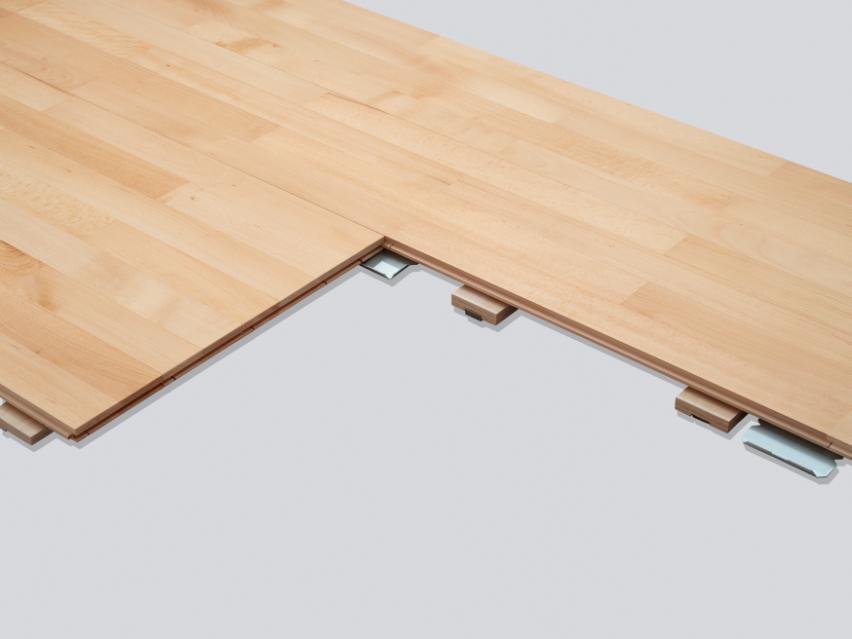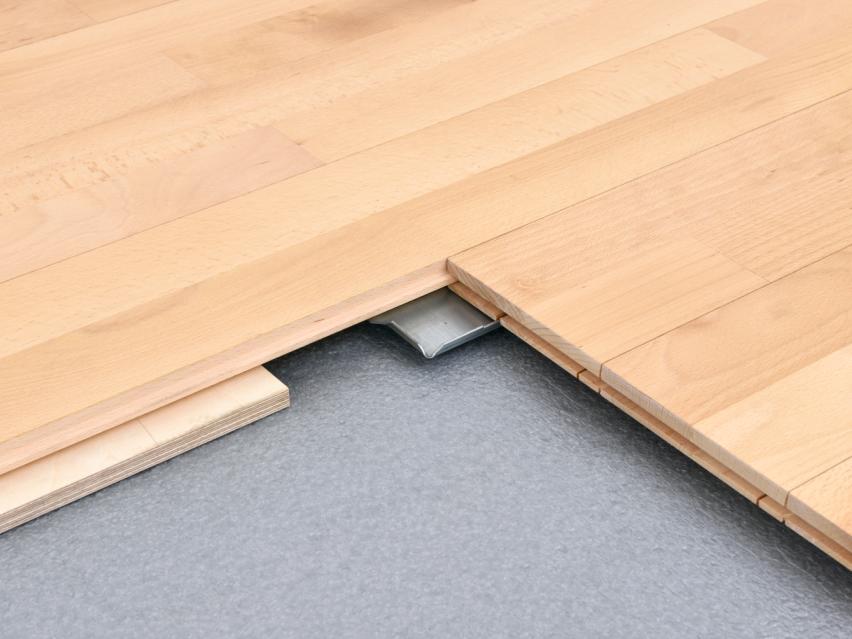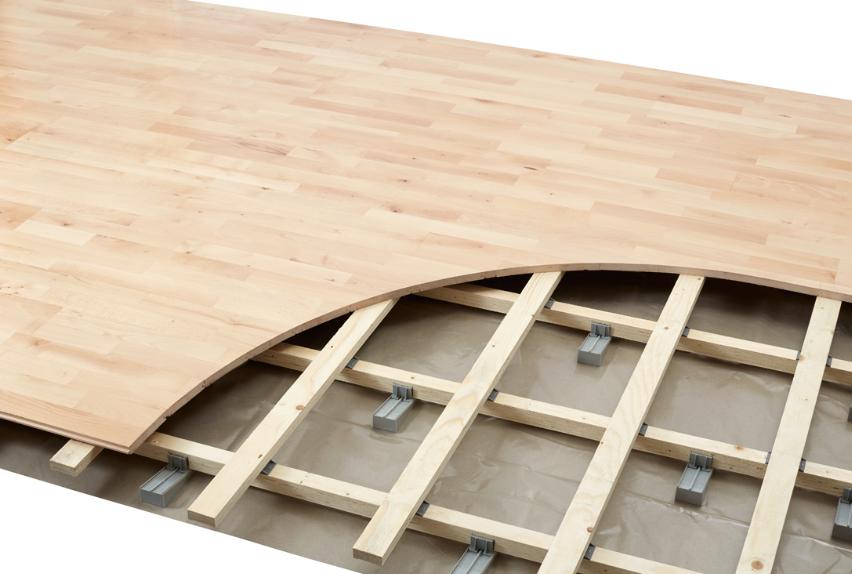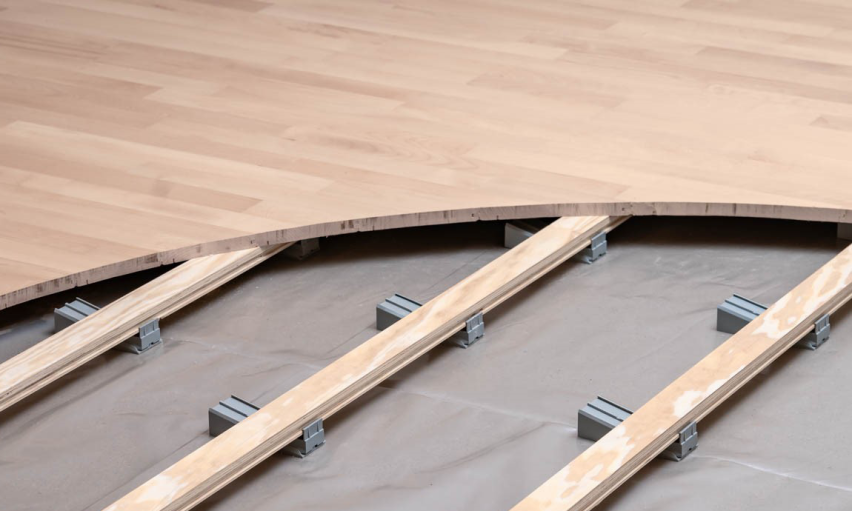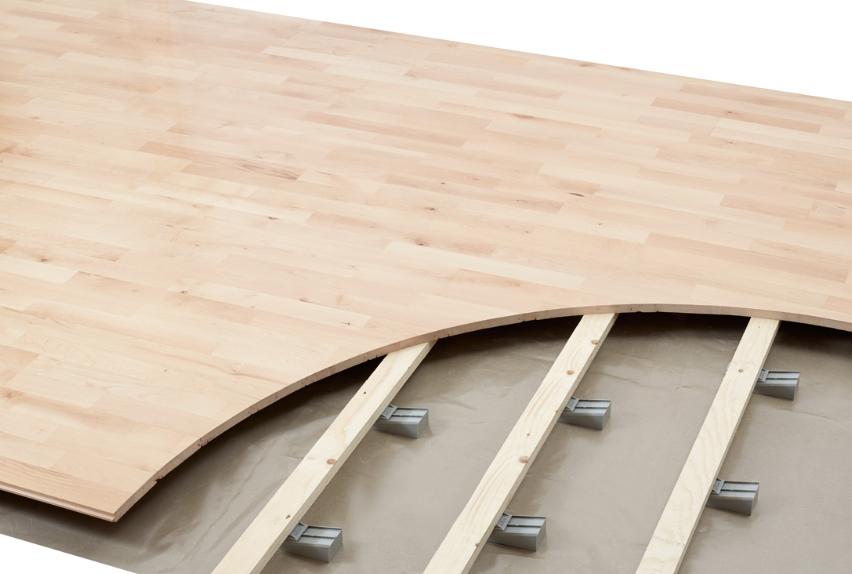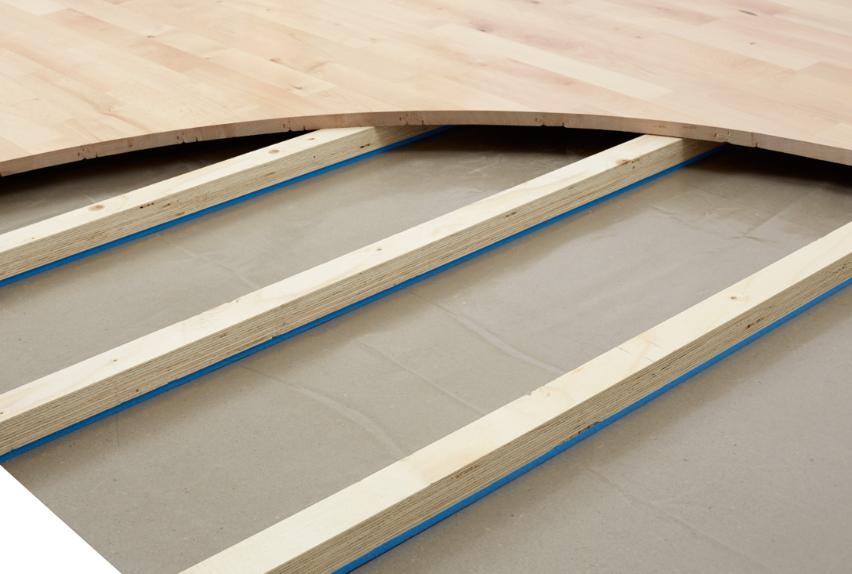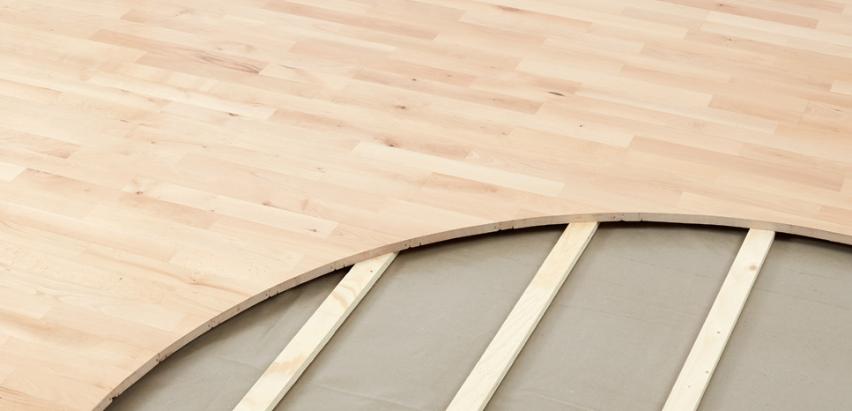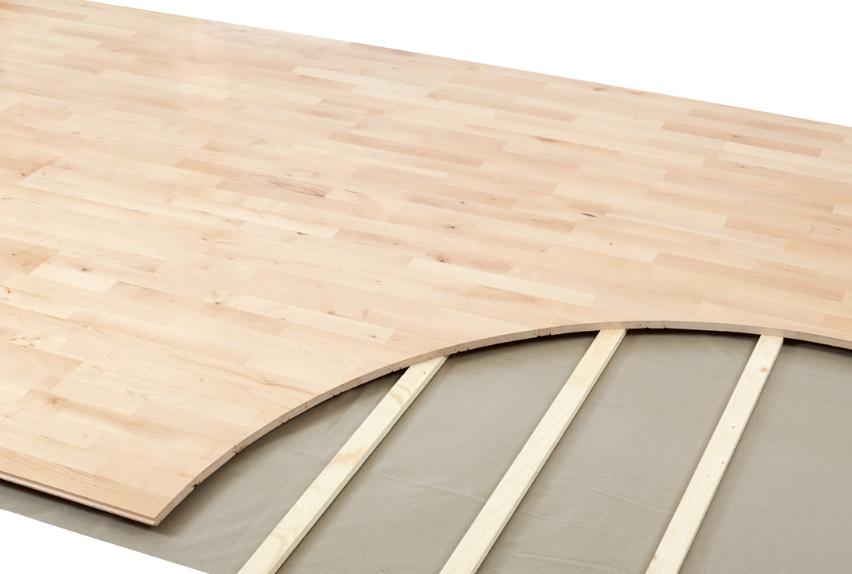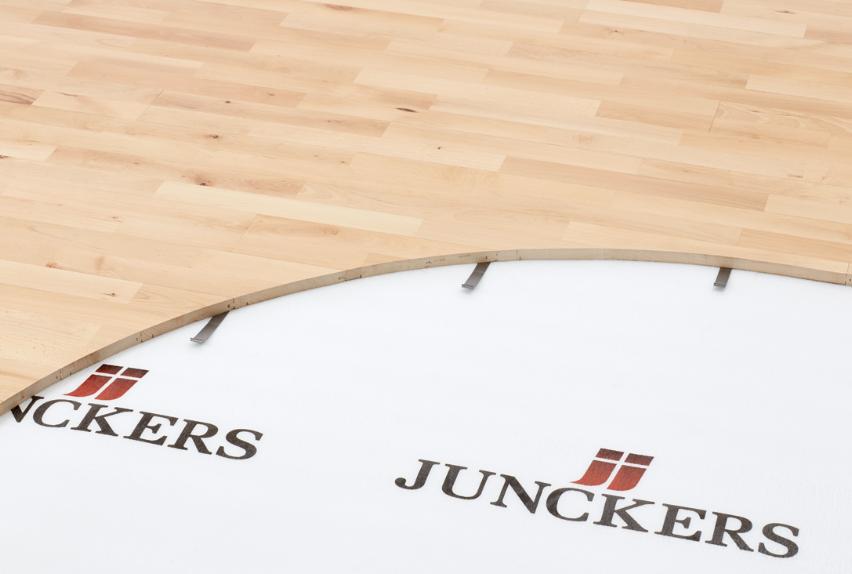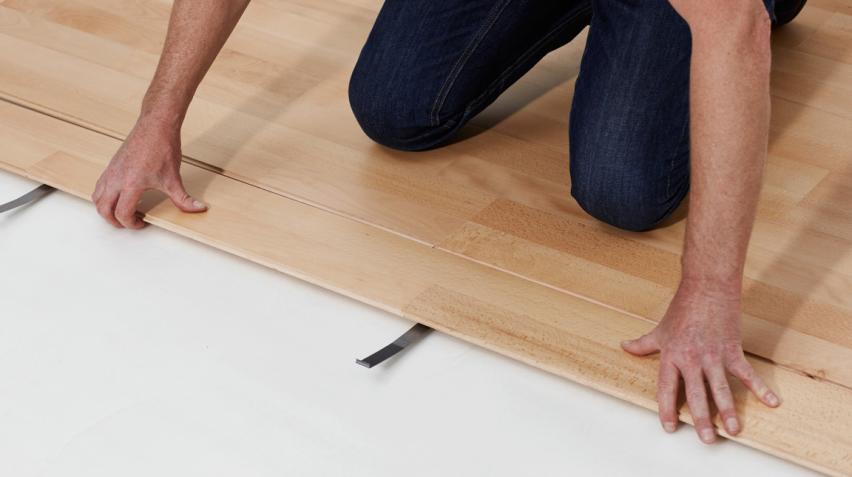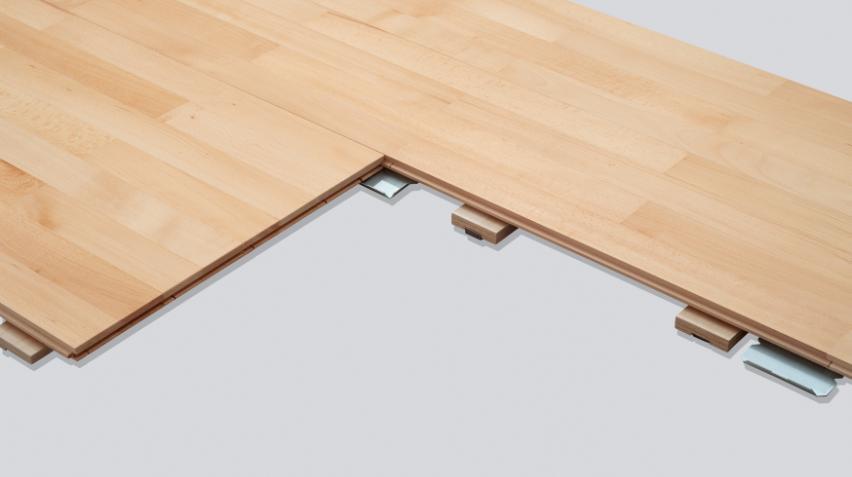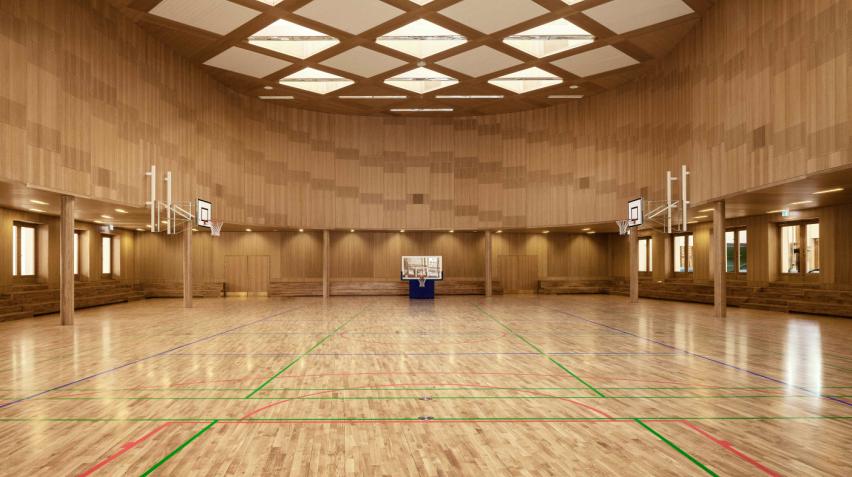Choosing the Right Material and Pattern for Professional Ballroom Dance Floors
Selecting the appropriate material and pattern for a professional ballroom dance floor is a critical decision that affects both performance and safety. This article provides a clear overview of the main flooring materials used in ballroom settings—highlighting the advantages of solid hardwood as the best choice of material for ballroom dance floors, meeting technical requirements for optimal sprung subfloors. You will learn what to consider in terms of durability, shock absorption, and surface consistency, as well as how plank layout and floor pattern impact both aesthetics and function. Installers, dealers, and facility managers will find practical guidance to make informed choices that meet the demands of competitive ballroom dance environments.
Versatile systems to meet all your needs
Understanding the Demands of a Professional Ballroom Dance Floor
Professional ballroom dance floors are engineered to meet strict standards for safety, performance, and longevity. Whether installed in dance studios, event venues, or multi-purpose halls, these floors must deliver consistent stability, optimal shock absorption, and reliable friction. Compliance with EN 14904 is essential, ensuring each dance floor meets the technical and safety benchmarks required for professional use. The choice of ballroom floor material and pattern directly affects not only the performance characteristics but also the long-term satisfaction of both dancers and facility owners. For a broader look at how Junckers manufactures high-quality solid wood flooring for sports courts and gyms, see the sports flooring overview.
Key Ballroom Floor Materials: Solid Hardwood Options
The selection of ballroom floor material is central to achieving the best results for both installers and end-users. Junckers specializes in 100% solid hardwood sports floors, offering a combination of durability, resilience, and visual appeal. The main wood species recommended for professional ballroom dance flooring are:
- Maple: Known for its hardness and uniform appearance, providing a stable surface ideal for both gliding and energetic dance movements.
- Beech: Available in several finishes, beech is valued for its strength and subtle warmth.
- Ash: Recognized for its elasticity and attractive grain, ash supports dynamic footwork and enhances floor responsiveness.
All Junckers ballroom floors are manufactured from 22 mm solid hardwood, ensuring exceptional lifespan and the ability to withstand repeated sanding and refinishing. This solid construction is instrumental in maintaining performance and appearance, even under demanding usage. Installers interested in project-specific examples can review the Building Block Dance Studio case to see how Junckers floors perform in a professional dance environment.
Surface Finishes and Grading Choices
Surface finish is a critical aspect of any ballroom floor material. Junckers offers:
- Factory-applied lacquer: Provides excellent slip resistance, long-term protection, and easy maintenance.
- Oil finish: Enhances the natural beauty of the wood while allowing for spot repairs.
- Untreated boards: Suitable for custom finishing on-site when specific requirements must be met.
For visual consistency and practical needs, Junckers supplies three grading options:
- Champion: Uniform appearance, ideal for high-profile venues.
- Premium: Natural variation for a classic look.
- Club: Rustic, lively character for spaces where a unique aesthetic is preferred.
These choices allow installers to match the technical and aesthetic expectations of any project.
Construction Methods and Subfloor Systems for Ballroom Floors
A high-performing ballroom floor is not only about the surface material but also about what lies beneath. Proper subfloor construction is vital for dancer safety and comfort. Junckers offers both fixed and portable systems:
- Fixed systems (e.g., DuoBat 120+, UnoBat 78+, UnoBat 62+): Designed for permanent installations in sports halls and multi-purpose venues, these systems provide consistent shock absorption, stability, and compliance with EN 14904. For those seeking a detailed selector tool, Junckers provides an easy-to-use fixed sports flooring product selector.
- Portable systems (e.g., Pro Complete 44, Arena Master): Ideal for venues that require temporary dance floors or frequent reconfiguration. These solutions offer easy transport, quick installation, and the same performance as permanent floors. See the Pro Complete 44 portable sports floor system for more information on assembly and technical features.
- For additional inspiration, see portable dance floor options for professionals.
Junckers' systems accommodate various construction heights and subfloor types, making them suitable for both new builds and refurbishments. All systems can be supplied with the necessary documentation, including FSC certification and EPD.
Choosing the Right Ballroom Floor Pattern for Aesthetics and Function
The choice of ballroom floor pattern impacts both the appearance and the functionality of a dance floor. Key considerations include:
- Plank direction and width: A uniform, parallel plank layout is preferred for professional dance environments, ensuring predictable movement and even wear.
- Pattern selection: While decorative patterns can be achieved, most professional installations prioritize simplicity and uniformity for consistent performance.
- Wear distribution: A well-designed ballroom floor pattern helps distribute foot traffic evenly, reducing premature wear and simplifying maintenance.
Installer tip: Always align plank direction with the primary movement flow in the venue for optimal aesthetics and floor longevity. Examples of effective ballroom floor pattern design can be seen in recent projects such as Dansestudie.dk.
Installation Best Practices and Maintenance Considerations
Successful installation of a ballroom floor material depends on careful attention to detail:
- Acclimatization: Ensure all wood materials are acclimated to site conditions before installation, if requried by the manufacturer.
- Site preparation: Subfloors must be level, clean, and dry to guarantee optimal performance and longevity.
- Line marking: For venues hosting competitions or multi-use events, Junckers can apply line markings using a specialized lacquer.
Maintenance is straightforward:
- Routine cleaning: Keeps surfaces free from dust and debris.
- Periodic refinishing: The 22 mm solid hardwood construction allows for multiple sanding and refinishing cycles, extending the floor’s useful life.
- Support: Junckers provides comprehensive documentation and guidance for installers and dealers throughout the process. For further guidance on maintenance, refer to sports flooring maintenance and refurbishment.
Why Junckers Is the Trusted Partner for Ballroom Floor Material and Pattern Solutions
Junckers offers a complete suite of solid hardwood solutions specifically engineered for professional dance environments. With a broad selection of wood species, finishes, and system types, every ballroom floor material and pattern can be tailored to meet the technical demands and visual requirements of any venue. All systems are EN 14904 certified and produced with a commitment to sustainability—delivering quality installations that support the reputation of every installer and dealer. For a comprehensive view of both fixed and portable hardwood solutions, visit the sports flooring overview.
Contact Junckers for Expert Advice on Ballroom Flooring Projects
For technical guidance or support with product selection, contact Junckers directly.
Frequently Asked Questions About Hardwood Ballroom Dance Flooring
What are the key performance requirements for professional ballroom flooring? add
Professional ballroom flooring must deliver a perfect balance of glide and grip, consistent stability, and reliable shock absorption. Floors used in dance studios and event venues must also comply with EN 14904 standards to ensure safety, performance, and longevity. Choosing a solid hardwood dance studio flooring system from Junckers guarantees optimal comfort, surface uniformity, and long-term durability for both dancers and studio owners.
Which materials are best suited for ballroom and dance studio flooring? add
Solid hardwood is the preferred ballroom floor material due to its strength, resilience, and elegant appearance. Junckers offers 22 mm solid hardwood options in maple, beech, and ash — all designed to deliver the right balance of flexibility and stability. These materials provide consistent performance, can be refinished multiple times, and maintain their natural beauty even under heavy daily use, making them ideal for professional dance studio flooring projects.
How do I maintain and extend the life of my portable tap dance floor? add
Regular sweeping and light cleaning preserve the surface and sound quality of your portable dance floor. For long-term care, floors can be sanded and refinished to restore their original appearance and performance. Proper storage in a dry, stable environment protects against warping and ensures your temporary dance floor remains pristine between uses.

